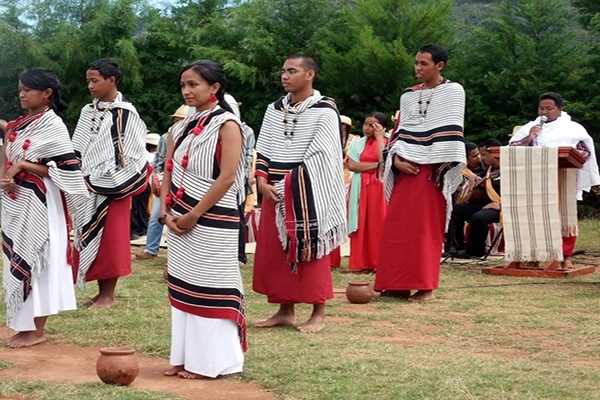The Malagasy New Year: A Ritual Anchored in Traditional Malagasy Culture
Traditional Malagasy culture is rich in rituals and festivities, among which the Taombaovao Malagasy, better known as the Malagasy New Year, stands out. This celebration, both national and popular, has a profound meaning, the resurgence of a thousand-year-old tradition which has survived despite the vagaries of history.
The Malagasy New Year, long celebrated in secret after its official abolition by the French colonial authority in 1897, has regained its splendor since the early 1990s. This resurgence testifies to the strong attachment of the Malagasy to their cultural values, reaffirming the importance to preserve and celebrate the foundations of their identity.
At the heart of this celebration, the determination of the date is based on the Malagasy lunar calendar. Thirteen lunar months of 28 days each structure the year, beginning with the first moon of the month of Alahamady. This period, between March and April in the Gregorian calendar, marks the end of the rainy season and the start of the rice harvest, the staple food of the Malagasy people.
The ceremony itself takes place during the first day of the month of Alahamady, corresponding to the first moon closest to the equinox on March 21. Although some organizers often choose the following weekend for practical reasons, this symbolic date remains a privileged moment for the Malagasy people.
The name of the celebration has evolved over the centuries. Before the political unification of Madagascar by Radama I (1810-1828), it was known under the name “Alahamadibe”. With the arrival of Christianity in 1810, the term “Fandroana” (royal bath) was preferred. Today, the term “Malagasy New Year” was adopted to mark the difference with previous names and to emphasize the national and popular aspect of the festival.
The Malagasy New Year celebration is not simply a party reserved for a royal family or a specific ethnic group. It embodies national unity, transcending religious, ethnic and social distinctions. Anchored in Malagasy philosophy, it conveys fundamental values such as faith in Zanahary (the creator God), the sense of the sacred, solidarity, fairness, happiness, life, and attachment to ancestral heritage.
Traditional rituals, from Fandroana to Zara-hasina, are all symbolic stages linked to purification, blessing, sharing and renewal. The celebration of the Malagasy New Year, far from being a simple celebration, constitutes a true perpetuation of traditional Malagasy culture, offering an opportunity to strengthen family and community ties.
In short, the Taombaovao Malagasy remains a significant event anchored in traditional Malagasy culture, a celebration imbued with history, spirituality and values, proving that the cultural wealth of Madagascar continues to flourish over the years.






Comment (0)